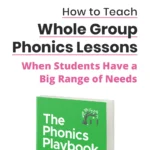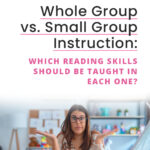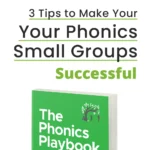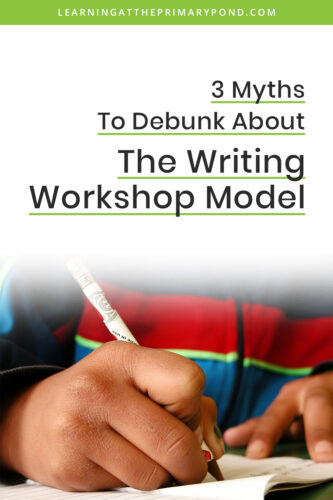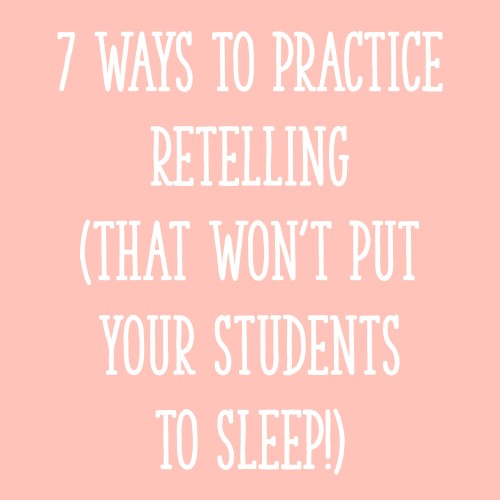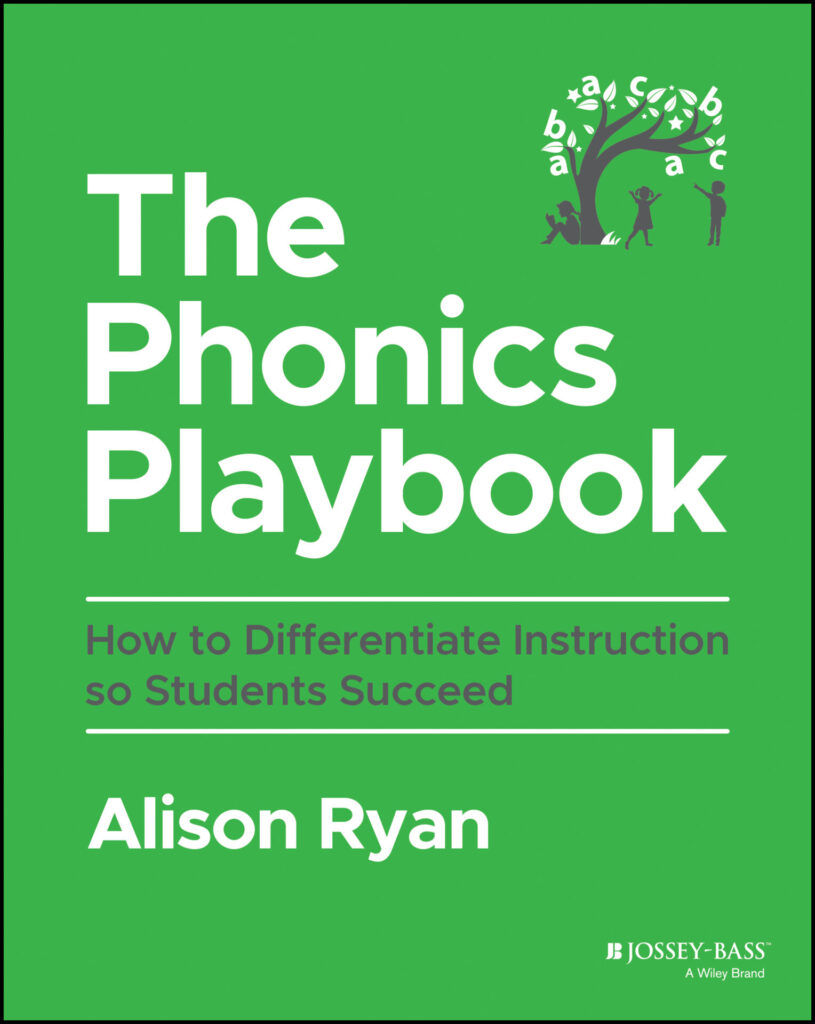Comprehensive instruction is crucial for developing strong reading and writing skills in early learners. Part of providing effective instruction is supporting our struggling students. As educators, we tend to spend a lot of time focusing on how to close the gap for struggling students, to get them caught up. But what about our advanced readers? They need our support and differentiation, too!
While a lot of reading instruction in K-2 focuses on foundational skills, it’s equally important to address the needs of advanced students who are ready for more challenging content. Teaching advanced students requires building on their existing knowledge, keeping them engaged, and helping them progress past what they already know. Advanced students need instruction that deepens their understanding and challenges them to apply their skills in more sophisticated ways.
However, it’s normal to not know what to do with advanced students, because often these students are above grade level! You may feel like you don’t have the resources or knowledge to support them.
But let’s change that today! In this blog post, I’m sharing strategies for effectively teaching advanced readers. I’ll also tell you what NOT to do with this group of students!
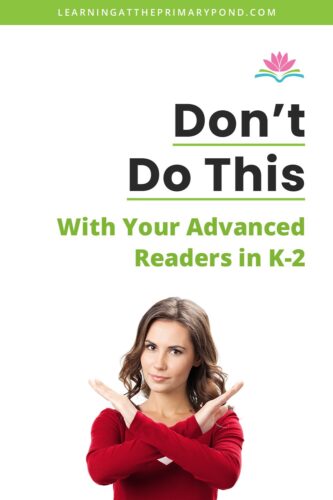
What Not to Do With Advanced Readers in K-2
Advanced readers in Kindergarten, first grade, or second grade may be capable of decoding complex words and applying phonics rules in various contexts. They may read fluently and have fairly strong basic comprehension skills.
Before I get into what TO do with advanced students, here’s what NOT to do…
We don’t want to just give advanced students MORE work – we want to give them DIFFERENT and more APPROPRIATE work.
Quite often, if a student is advanced and breezes through their grade-level work, they are just given more of the same type of work. Another term for this can be “busy work.” Take this example:
A first grade class is reading a text focused on words with digraphs. The teacher also asks students to highlight any words with digraphs and then record them on a sheet. Let’s say there is an advanced first grader in the class. This student breezes through the reading and highlights/records her words in just a couple of minutes. She tells the teacher she’s done, and the teacher says “Everyone else is still working. So why don’t you copy the same words 3 more times on the back side of the sheet.”
Yes, this may keep the advanced student busy. But, is she really gaining anything from the activity? Keep reading for what to do instead with your advanced readers in K-2!
Strategy #1: Pinpoint hidden areas of weakness.
To be clear, just because a student is “advanced” does not mean they don’t have any areas of weakness.
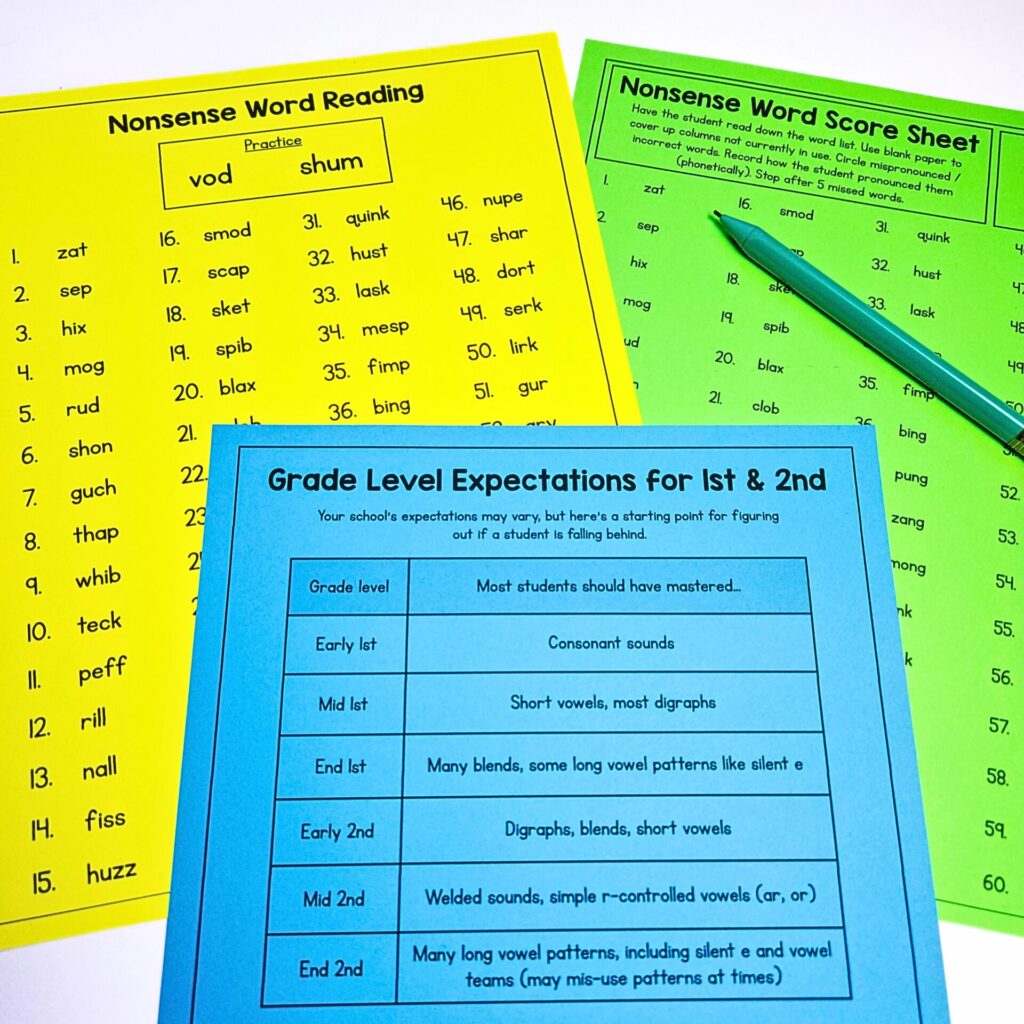
This Diagnostic Assessment pictured above is from my 1st & 2nd Grade Literacy Club. A phonics assessment like this can really help you pinpoint a student’s reading and spelling abilities. For instance, I’ve worked with students who are reading at a 4th grade level, but when I took the time to assess them, I realized they were struggling with spelling certain 1st grade patterns. This assessment has students read nonsense words and spell words to provide a clear, complete picture of the patterns a student knows and doesn’t know.
Besides phonics, advanced students could be struggling with:
- Self-monitoring: Do they have the skills to notice when their comprehension has broken down, plus the strategies to get back on track? Sometimes advanced readers plow through a text without ever stopping to think about what’s actually happening.
- Vocabulary: Are your advanced readers able to infer the meaning of more difficult vocabulary words through context? Some of my advanced readers tend to skim right over new words and not think about their meanings at all.
- Inferential thinking: Can these advanced readers actually move beyond basic comprehension of a text? If students have limited inferential and critical thinking skills, they will need instruction and support in this area.
Strategy #2: Extend the lesson for advanced readers.
Instead of just providing more of the same type of work for your advanced K-2 students, extend the lesson in a more challenging way. In the KLC and the 1st & 2nd Grade Literacy Clubs, the monthly small group lesson plans often provide suggestions and activities for extending the lessons! This means that a lot of the “extension” planning is already done for you.
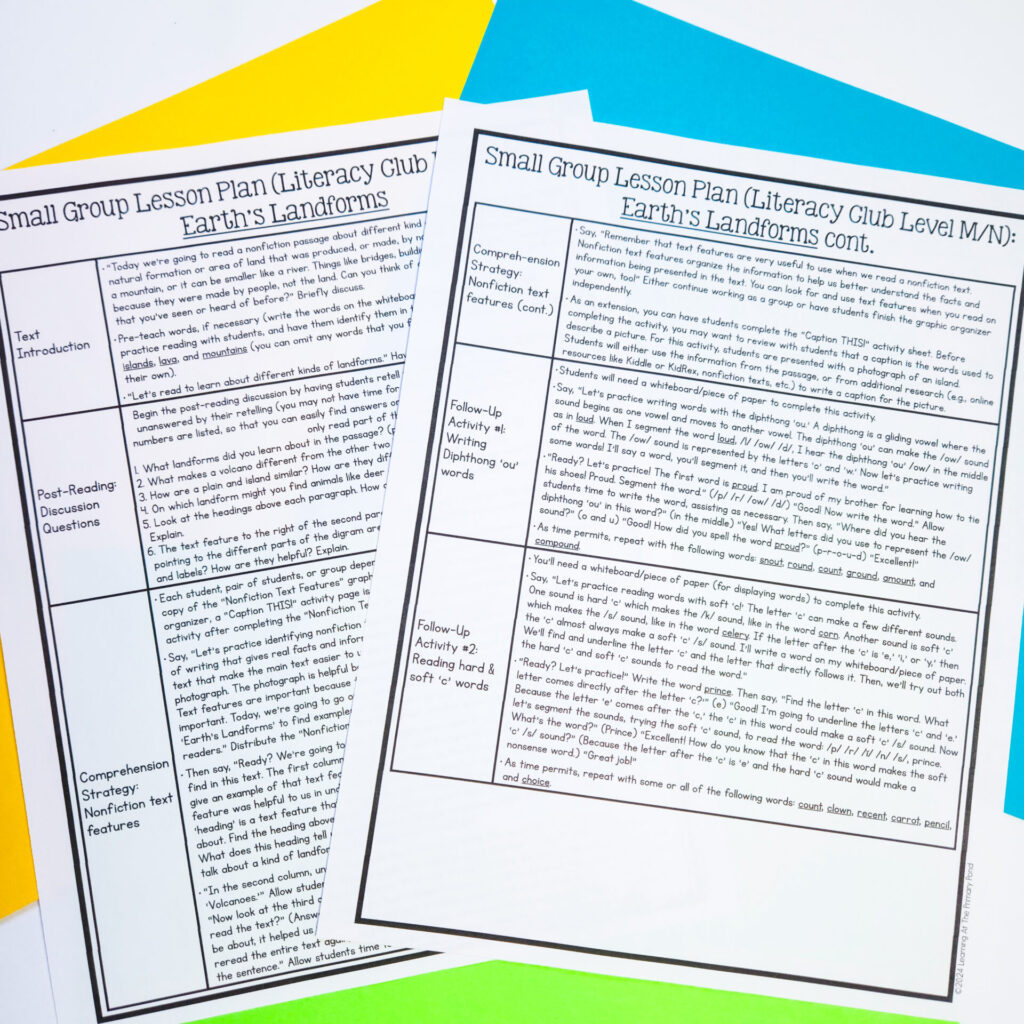
In this particular small group lesson, students are learning about nonfiction text features. All students read the text and then complete the “Nonfiction Text Features” graphic organizer. Then there is a note in the plan for how to extend the lesson:
As an extension, you can have students complete the “Caption THIS!” activity sheet. Before completing the activity, you may want to review with students that a caption is the word(s) used to describe a picture. For this activity, students are presented with a photograph of an island. Students will either use the information from the passage, or from additional research (e.g., online resources like Kiddle or KidRex, nonfiction texts, etc.) to write a caption for the picture.
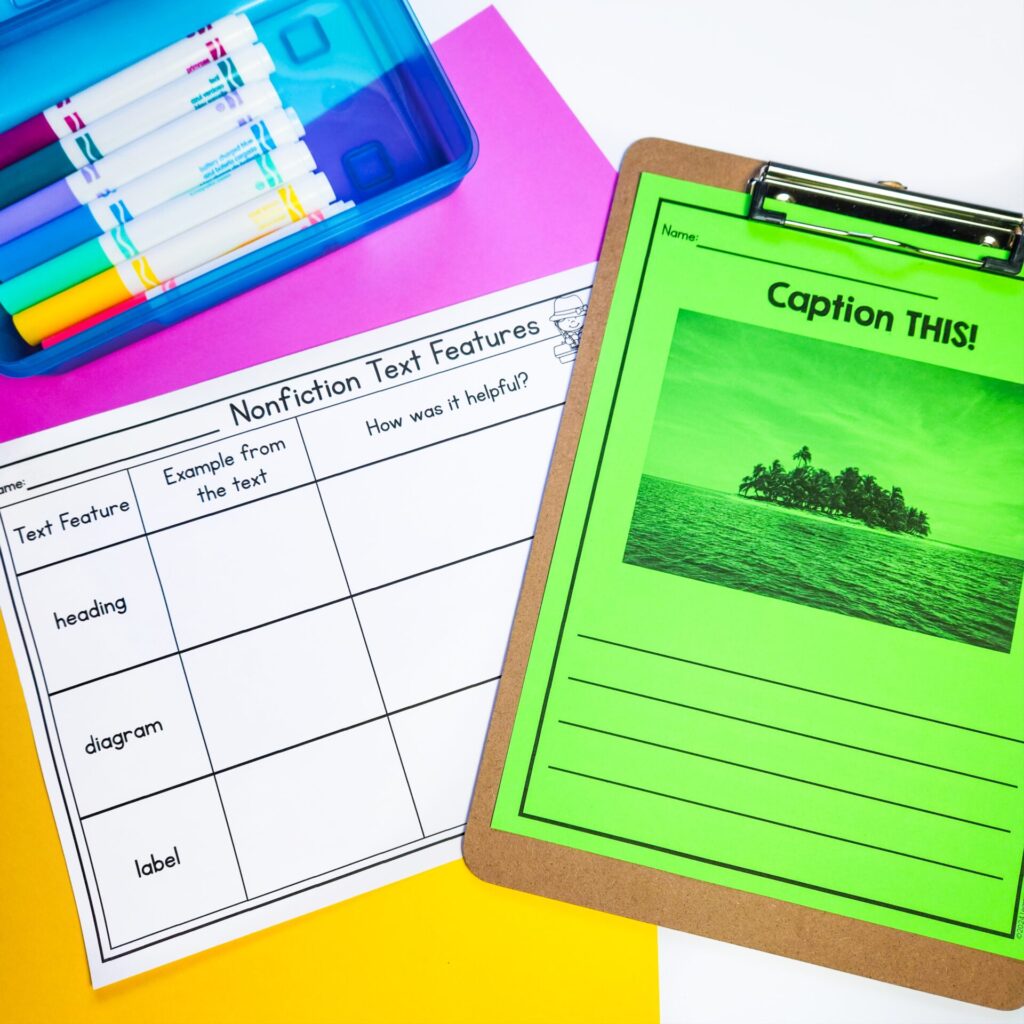
With this activity, advanced readers are being challenged with the additional and different work. They are practicing a new skill and could even find additional research to support their thinking!
Strategy #3: Advanced readers need differentiated materials.
Differentiation is valuable (and necessary) for all students. If you aren’t giving advanced students differentiated work, that means the work they are doing is most likely too easy for them. Therefore, they might not be progressing.
But how is it feasible to differentiate for all students, especially when you have at least 20 kids in your class?! Teachers already have so much on their plate. The good news is that the KLC and the 1st & 2nd Grade Literacy Clubs take the differentiation planning and prep off your plate! Each month, the clubs provide multiple levels of the same type of text.
For example, here are four different difficulty levels of this KLC decodable text on “Chickens:”

Here are five different levels of the 1st & 2nd Grade Literacy Club decodable texts on “Technology:”
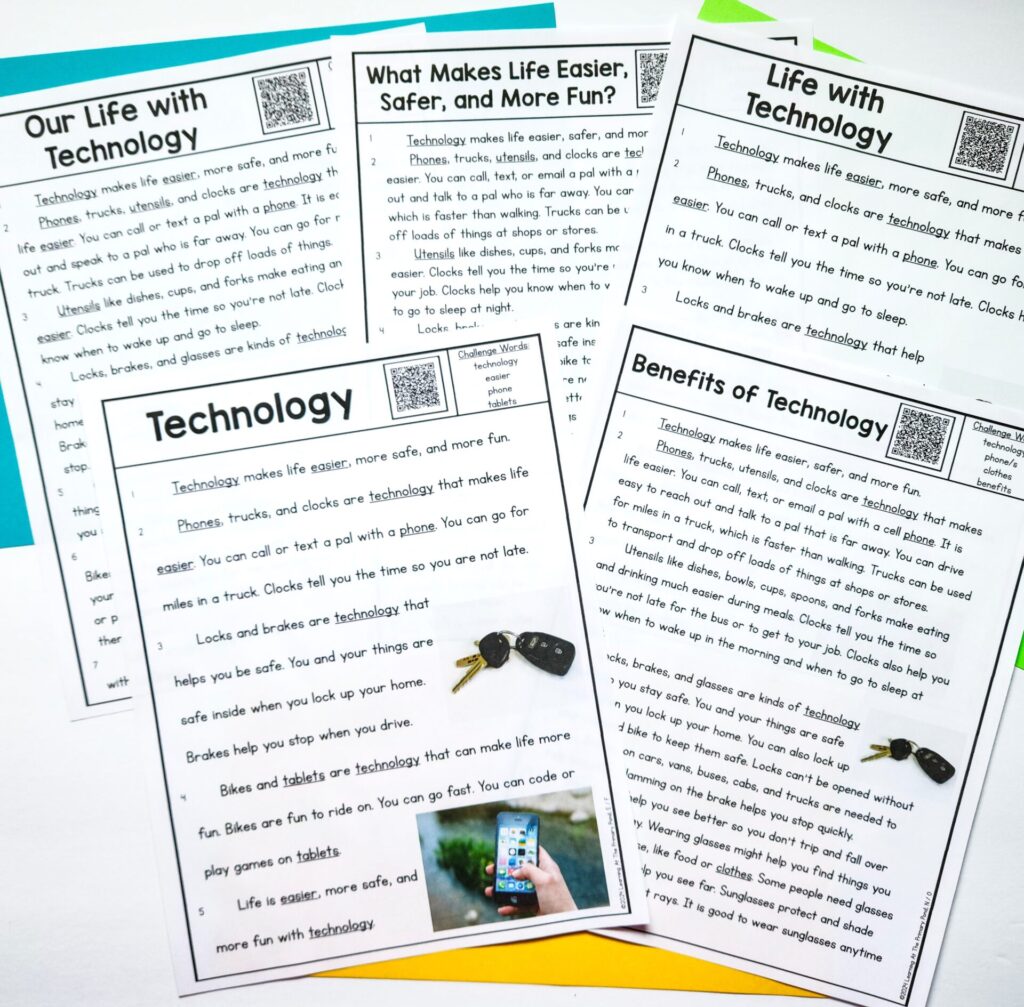
The clubs provide differentiated materials so you don’t have to go searching – which is a WIN for you, and a WIN for your students!
Conclusion
We all want our students to be appropriately challenged and also get the correct level of support they need. By following the strategies outlined above for advanced readers in K-2, your kids will be challenged and supported!
If you’re looking for support and materials for teaching literacy in K-2, the Literacy Clubs may be the answer! Literacy Club members receive brand-new differentiated materials for teaching literacy every single month! In addition, Club members get ongoing support through monthly trainings, live Q&A sessions, and members-only support groups.
Click here to learn more about all that the Literacy Clubs have to offer!

Happy teaching!

